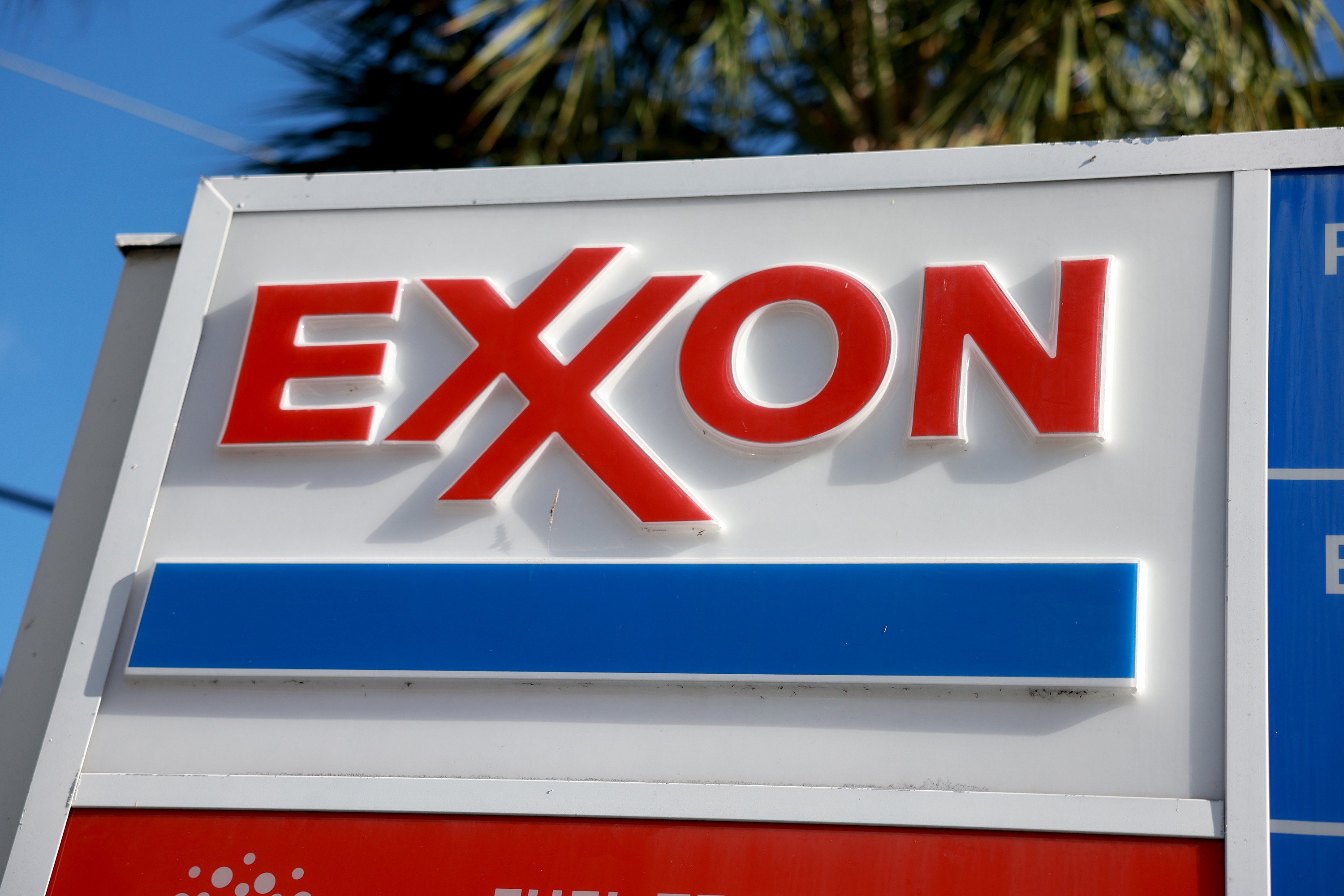Canadian oil driller Vermillion Energy (VET +0.00%) has a massive 14% dividend yield. That's around seven times the yield on offer from an S&P 500 Index fund. That certainly sounds great, but there's a lot more for investors to understand before they jump aboard this relatively tiny energy stock.
Diversified, but small
Vermillion Energy hails from Canada and has a $2.3 billion market cap. While not exactly a small company, it competes against names like ExxonMobil (XOM 0.23%) and Chevron (CVX 0.01%), which have market caps of roughly $290 billion and $230 billion, respectively. Normally you wouldn't even compare Vermillion to names like these (it doesn't have downstream assets like the integrated giants, for one thing), but its drilling-focused business is actually spread around the world -- just like those of the energy majors. Roughly two-thirds of Vermillion's production comes from Canada and the United States, with the rest coming from Europe and Australia. Europe and Australia provide about half of its free cash flow, though, so it is definitely not a regional player.

Image source: Getty Images
Since 2012 Vermillion has seen material growth in its production via a mixture of acquisitions and capital investmentm and its 13% annualized production growth rate over that span would put most of the integrated energy majors to shame. That said, 2020 is expected to see roughly flat production based on the company's current projections. A part of that is thanks to a plan to reduce capital spending by nearly 15% in 2020. That is in line with the company's larger goal to self-fund most of its own growth.
Self-funding is an increasingly important approach in today's energy markets, with drillers looking to live within their means. That's tough with often volatile oil prices hovering in the $50- and $60-per-barrel range, which doesn't leave much room for profits. However, it's important to highlight that Vermillion isn't a fracking company focused on U.S. unconventional onshore assets where cost containment is a huge issue. Vermillion tends to favor conventional drilling, with assets that benefit from long production lives and relatively low costs. Vermillion does have a solid foundation in this regard, even if it plans to pull back some on the capital spending front.
And then there's the dividend, which has trended higher over the past 16 years. This period included the company changing its corporate structure from a Canadian Royalty Trust to a regular corporation. Many other companies that made the same transition ended up cutting their dividends. That said, Vermillion's dividend often hits multi-year plateaus, so the growth isn't steady or predictable. The dividend, however, is paid monthly, which makes it kind of like replacing a paycheck.
Digging a little deeper
So what's the problem? For starters, Vermillion is spending more than it brings in the door, and has been for many years. Since 2009 the company's capital expenditures and dividend have exceeded its funds from operations (FFO). To make up the difference, the oil company has issued a lot of shares (the average share count has nearly doubled over the past decade) and debt (up 630% over the past 10 years). Since stock price and yield have an inverse relationship, it shouldn't come as a surprise that the company's 13% yield is backed by a stock that is off by more than 50% since roughly 2010. That high yield, meanwhile, makes selling more shares today an expensive way to raise capital.
While the low yields in the debt market are a far better option for raising cash, the material increase in Vermillion's debt is also a problem. The company's debt to equity ratio is 0.77 times, which doesn't sound so bad until you compare it to Exxon's 0.25 times and Chevron's 0.21 times. Vermillion's ability to pay interest expenses is problem. The Canadian oil company's times interest earned ratio is around 7.25. Again, that sounds OK until you compare it to Chevron's 24 times and Exxon's 26 times. Vermillion does not have the same balance sheet strength as its larger peers, which are basically built to weather the volatile ups and downs of the energy market.
All in all, if you are looking for a financially strong oil driller with a dividend that looks secure, Vermillion isn't it. Another leg down in oil prices could severely pinch this oil driller's ability to return cash to shareholders while still investing in its business. That's a key reason why investors have pushed the stock price lower and yield higher. Although the company has made a commitment to support its dividend (and lived up to it over the years), a dividend cut wouldn't exactly be a surprise. And, for that reason, it's hard to call Vermillion a great dividend stock.
Not for the risk-averse
Dividend investors tend to be a conservative group, preferring a reliable dividend to one that's large and at risk of being cut (often called a sucker's yield). While Vermillion has certainly proven that it is willing to support its dividend even while spending heavily on growth, there comes a point where too many debt and equity sales catch up to a company. Add in the fact that Vermillion sells a highly volatile commodity that's been languishing at relatively weak prices, and it's pretty clear why investors are worried here. That concern has left the yield at lofty levels, but most dividend investors should probably avoid Vermillion.
This is high-risk fare that needs close monitoring, which is fine if that's what you want to own. But it definitely isn't a great dividend stock.









